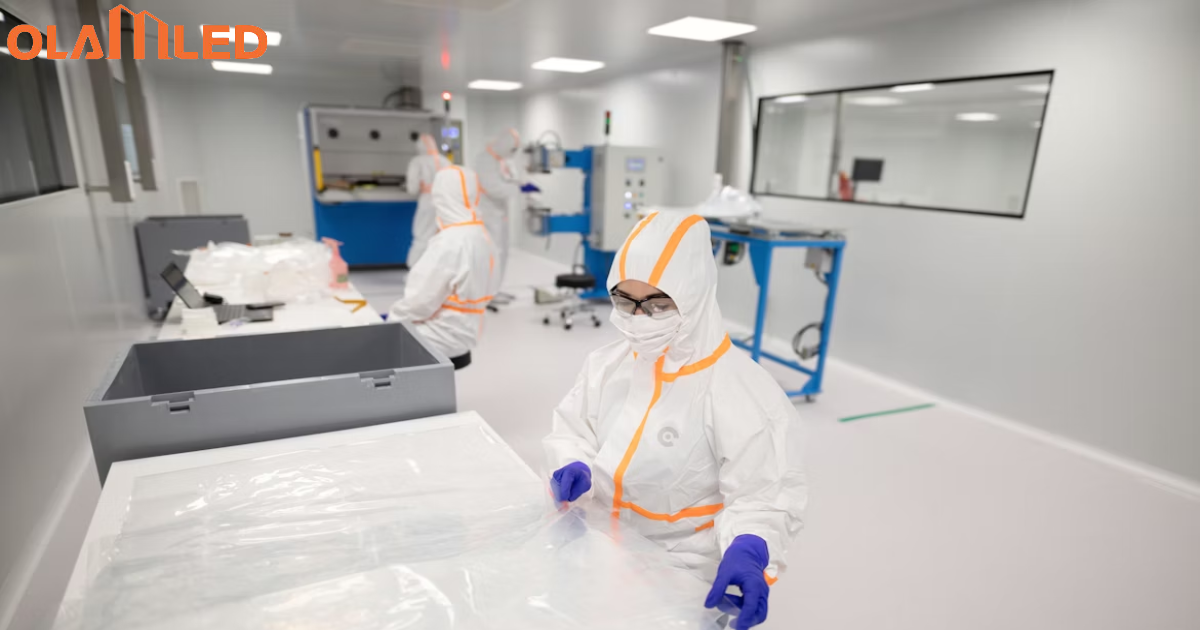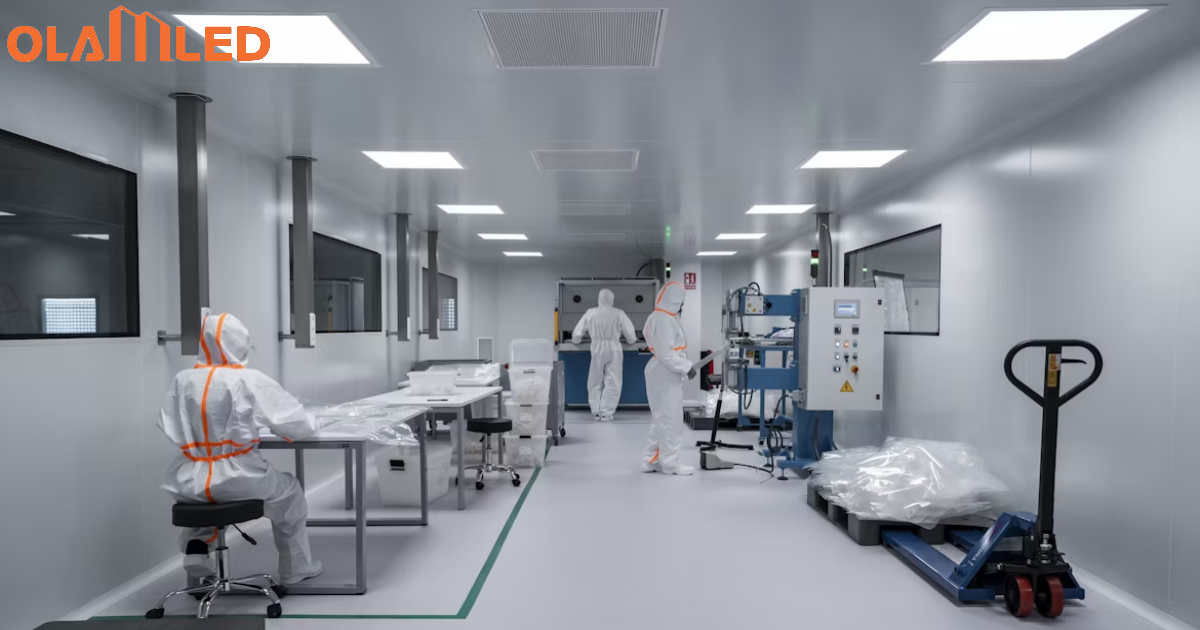Introduction
Lighting is an indispensable element of our everyday routine, a critical factor that exerts an immense impact on our overall well-being and productivity. But despite its pervasiveness, when it comes to choosing the correct light source, we frequently become bogged down in a maze of confusing language and technical jargon. The terms “lumen” and “watt,” which are used frequently in the area of lighting yet can be confusing, come into play here. We shall set out on an explorational trip and reveal the complexity that lay at the heart of these ideas in this detailed manual.
The “lumen” is the standard unit of measurement for calculating how much visible light a light source generates and determining how bright the light is. Choosing a light source that matches the required luminance for a particular space is crucial, and comprehending the nuances of the lumen is instrumental in making informed decisions. Conversely, the “watt” is a unit of measurement that is utilized for measuring power consumption. The wattage of a light source indicates the amount of energy that it consumes to produce a specific amount of light.
The interrelationship between the lumen and watt is of paramount importance in choosing the right light source to cater to your needs. This article aims to provide a comprehensive guide on the conversion of lumen to watt and vice versa. We shall delve into the intricacies of this conversion and proffer the necessary formulas that are crucial in making accurate calculations.
By the end of this guide, you will have gained a more profound understanding of the nuances of lumen and watt, and their significance in the world of lighting. You will also have acquired the requisite knowledge to make informed decisions in selecting the appropriate light source for your home or workspace. Our guide encompasses a vast array of topics ranging from the rudiments of lumen and watt to more advanced concepts such as color temperature and lighting efficiency.
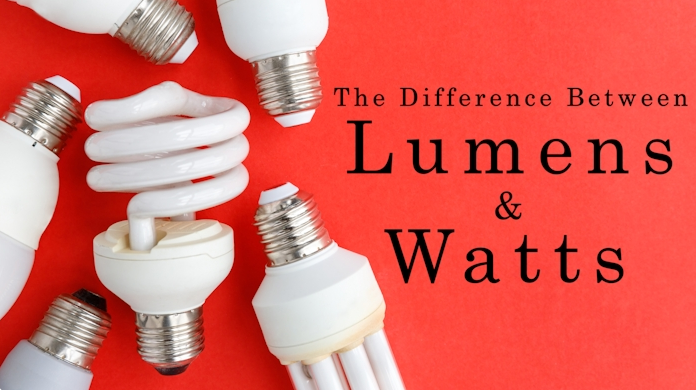
Therefore, whether you are a homeowner looking to augment your lighting or a professional lighting designer, this guide caters to your needs. With our step-by-step guidance and practical tips, you can optimize your lighting and create a space that is not only functionally efficient but aesthetically appealing as well. Let us embark on this journey of understanding lumen to watt conversion and unravel the myriad of mysteries that lie in between.
Lumens Vs. Watts in Terms of Bulb Rating
Illuminating a space requires a crucial task of selecting the appropriate light bulb, and the importance of doing so cannot be overemphasized. Lumens and watts are two vital variables that demand careful consideration. While lumens measure the level of brightness that a bulb emits, watts gauge its power consumption. Historically, watts were the primary unit of measurement used to evaluate bulb brightness. However, with the rise of energy-efficient lighting options such as LEDs, lumens have outstripped watts as the standard unit of brightness measurement.
A bulb’s rating is commonly indicated by its lumen or watts output, and most bulb packaging will have both ratings. A bulb’s lumen rating reflects the total amount of visible light it generates, whereas wattage is a measurement of the amount of electricity used by the bulb to generate that light. The interaction of these two parameters might have a major influence on the type of bulb used.
When comparing lumens and watts to determine bulb brightness, keep in mind that the two are not interchangeable. A bulb’s lumen rating determines how much light it emits, thus bulbs with higher lumen ratings create lighter. Wattage, on the other hand, is a measure of power consumption, therefore bulbs with greater wattage ratings use more energy. As a result, while choosing a bulb, one cannot simply substitute one aspect for the other.
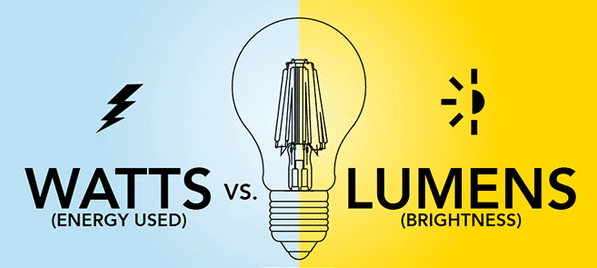
It is critical to remember that the degree of brightness required for different settings might change based on the activity or work at hand. A workstation, for example, may demand greater illumination than a bedroom. As a result, understanding the difference between lumens and watts is critical when choosing the appropriate bulb for your lighting needs. Taking both of these aspects into account, you may select a bulb that provides the necessary degree of brightness while conserving energy. To summarize, choosing the proper bulb for your lighting needs necessitates careful consideration of both lumens and watts in order to obtain the desired illumination.
How to Convert Lumens to Watts?
When it comes to selecting the ideal light source for your requirements, converting lumens to watts can be an invaluable skill to have. The formula for converting lumens to watts is a piece of cake – divide the number of lumens by the efficacy of the light source. The efficacy of a light source refers to how effectively it converts electrical energy into visible light and is measured in lumens per watt (lm/W).
For instance, suppose you have a light bulb that generates 800 lumens and has an efficacy of 60 lm/W. In that case, dividing the lumens (800) by the efficacy (60 lm/W) will give you the wattage (13.33 watts). Thus, the light bulb would utilize 13.33 watts of power to generate 800 lumens of light.
In contrast, if you have a 20-watt light bulb with an efficacy of 80 lm/W, you may figure the number of lumens it generates by multiplying the wattage by the efficacy. In this example, the light bulb would offer 1600 lumens (20 watts x 80 lm/W).
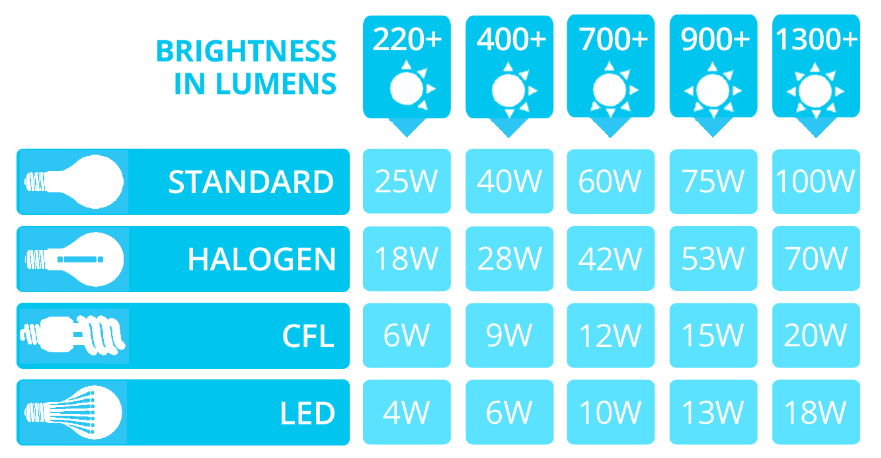
Understanding the lumen to watt conversion formula will assist you to make informed decisions when picking the best light source for your unique needs. It’s critical to recognise that the effectiveness of a light source varies depending on the type of bulb and technology employed. Check the box or the manufacturer’s requirements to verify proper calculations.
What is Luminous Efficacy?
Luminous efficacy – a mouthful term in the lighting world, determines the amount of visible light produced per unit of energy consumed by a light source. This metric is crucial since it determines the efficiency of a light source in converting electrical energy into visible light. Lumens per watt (lm/W) is the unit of measurement for luminous efficacy, but it can vary across different light sources.
If you’re still in the dark, here’s the deal: incandescent bulbs have a pathetic luminous efficacy of approximately 15 lm/W. This means they’re not energy-efficient and produce less light per watt of energy consumed. In contrast, LED bulbs have the potential to achieve luminous efficacy ratings of at least 100 lm/W, meaning they are exceptionally energy-efficient and can provide lighter per watt of energy used.
Due to its capacity to help clients make educated decisions about the light sources they pick, luminous efficacy in lighting is crucial. Customers may choose light sources that use less energy while still providing the necessary level of brightness by choosing those with better luminous effectiveness.

The luminous effectiveness of a light source is only one consideration; there are other aspects as well. Color temperature, color rendering, and bulb lifespan are equally important factors to keep in mind. By grasping the concept of luminous efficacy and comparing it across various light sources, consumers can make well-informed decisions about their lighting needs.
How To Choose the Best Light Bulb?
Are you feeling overwhelmed by the deluge of light bulb options out there? Fret not, because we’ve got your back! The process of selecting the right bulb for your lighting requirements can be a real nail-biter. But fear not, as grasping the crucial factors involved can help you make an informed decision that caters to your needs.
Color temperature, bulb shape, and energy efficiency are just a few of the important factors to consider while selecting the best bulb. That, however, is only the top of the iceberg! Brightness, dimmability, and color rendering are all important aspects in establishing the best lighting environment for your room.
So how do you know you’re receiving a trustworthy, long-lasting bulb that meets your unique requirements?Checking the lifespan and warranty information on the packaging is one approach to ensure that you’re making a wise investment. With a bewildering profusion of options available, it can be tricky to know where to begin. But don’t worry, as we at OlamLED proffer a broad range of LED lighting solutions that cater to both residential and commercial lighting needs.
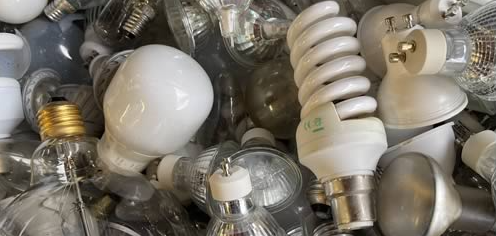
LED lights are not just energy-efficient; they’re also eco-friendly and durable, making them the ideal choice for those in search of high-quality lighting solutions. So, don’t let the labyrinthine array of light bulbs leave you feeling bewildered. By grasping the vital factors involved and exploring the diverse range of options available, you can make an informed decision and cherry-pick the perfect bulb for your distinctive lighting needs.
Why Should You Switch To LED Lights?
LED lights are a fantastic investment for any lighting needs, offering a multitude of benefits that other traditional bulbs cannot match. From energy efficiency and cost savings to durability, versatility, and eco-friendliness, LED lights truly stand out. Their advanced technology, using semiconductors to convert electrical energy into light, makes them highly efficient and long-lasting, while their ability to produce different levels of brightness and colors adds to their burstiness and adaptability.
Moreover, LED lights are also incredibly safe to use, emitting significantly less heat than other bulbs, reducing the risk of fire hazards. And let’s not forget their eco-friendliness, as they contain no toxic materials and are recyclable, contributing to a cleaner, greener planet.
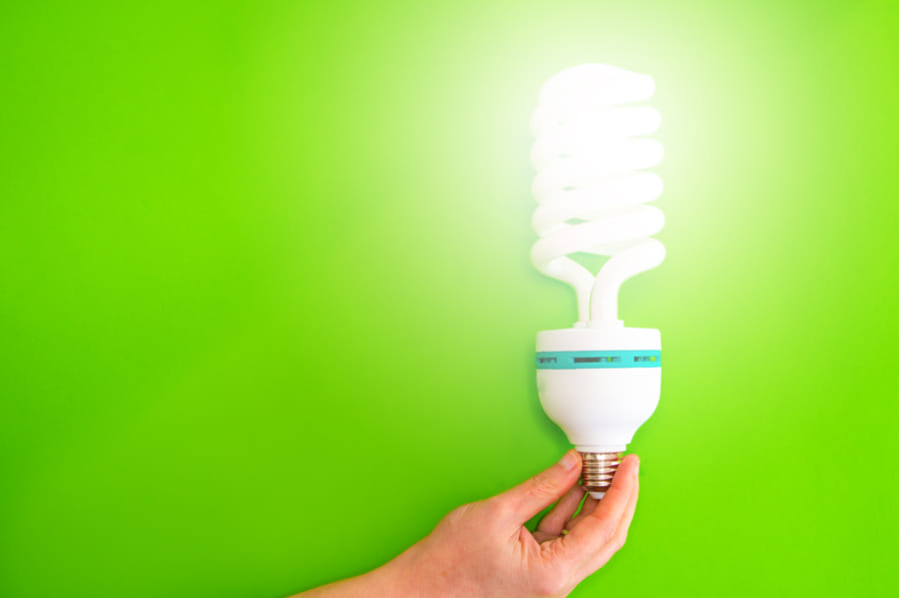
It’s no wonder LED lights have taken the lighting world by storm, revolutionizing the way we think about lighting. So, if you want to enjoy the many benefits of LED lights, go ahead and make the switch today!
Conclusion
Are you struggling to decipher the complexities of selecting the perfect light bulb? Fear not, for we are here to enlighten you! Lumens measure the visible light that a bulb emits, while watts measure the energy consumed by a bulb. It is crucial to choose the optimum ratio of lumens to watts in order to strike a balance between brightness and energy economy.
There’s more, hold on. You must also be aware with the idea of luminous effectiveness as well as the many kinds of light bulbs that are accessible if you want to make an informed choice regarding your lighting requirements. Where do you even begin with the abundance of possibilities available to you? OlamLED, fortunately, provides a wide selection of LED lighting options that may meet all of your requirements.
We have your back, whether it’s for your home residence or business establishment. Anybody looking for durable, long-lasting, and environmentally responsible lighting options should consider LED lights.
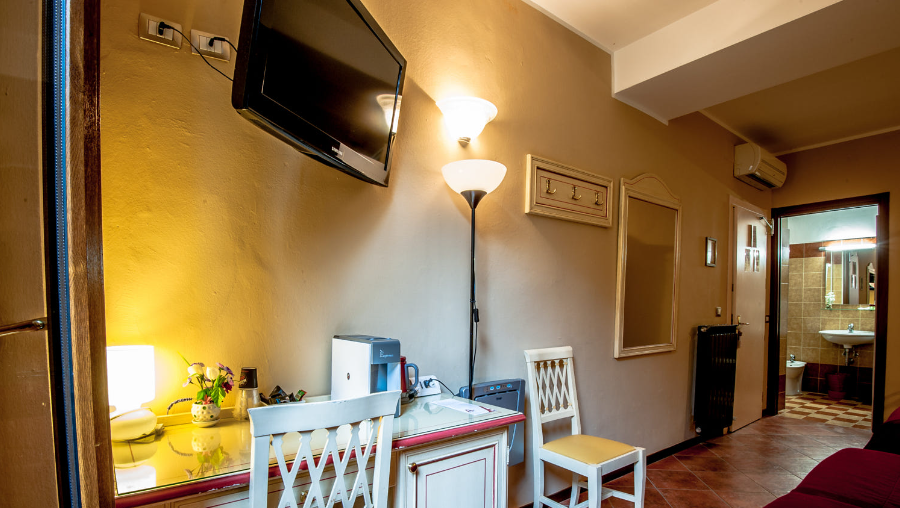
In summary, grasping the concepts of lumens, watts, and luminous efficacy is crucial for selecting the perfect light bulb. And when it comes to top-quality LED lighting solutions, OlamLED is your ultimate go-to. So why wait any longer? Start basking in the benefits of energy efficiency, durability, and eco-friendliness today!
Request A Quote for Your Lighting Projects!
Are you tired of the drab and lifeless lighting in your home? Say goodbye to subpar lighting and hello to OlamLED, the industry’s top source of high-quality lighting solutions! With years of expertise and understanding, we specialize in providing a wide range of LED lighting solutions for both residential and commercial applications.
Our knowledgeable staff is committed to delivering exceptional quality, energy efficiency, and environmental sustainability in all of our products.No matter the size or complexity of your project, we’ve got you covered with our diverse range of LED lighting solutions available in various colors, shapes, and sizes.
Don’t wait any longer to transform your space with our reliable, energy-efficient, and sustainable lighting solutions. Request a quote from us today, and our team of professionals will get back to you promptly with a comprehensive quote tailored to your specific needs and budget.
At OlamLED, we are committed to providing our clients with nothing but the best quality lighting solutions. Don’t settle for anything less, contact us today and experience the difference of quality lighting solutions from a trusted and experienced company.

You may also find these topics interesting.
As we come to the end of this guide, it’s essential to highlight that the world of lighting is vast and diverse, offering readers a plethora of interesting and useful topics to explore. Lighting design is one such captivating topic, involving the planning and implementation of lighting systems that cater to a space’s unique needs while also being aesthetically pleasing.
Maintenance is another crucial aspect of lighting, with proper upkeep helping to ensure that your lighting system operates at its best and prolonging its lifespan. Regular cleaning and replacement of bulbs and fixtures, as well as routine inspections to catch any issues before they turn into major problems, are all part of good maintenance.
Remarkable discoveries exist for anyone interested in the latest lighting technology advancements. Smart lighting systems controlled by mobile devices or voice commands are becoming increasingly popular, and color-changing LED lights give a range of atmospheres in a space.
Ultimately, the field of lighting offers an endless quantity of knowledge and ideas. Readers may widen their knowledge and get the most out of their lighting systems by delving into the many intriguing and practical themes linked to this crucial component of our daily lives.

